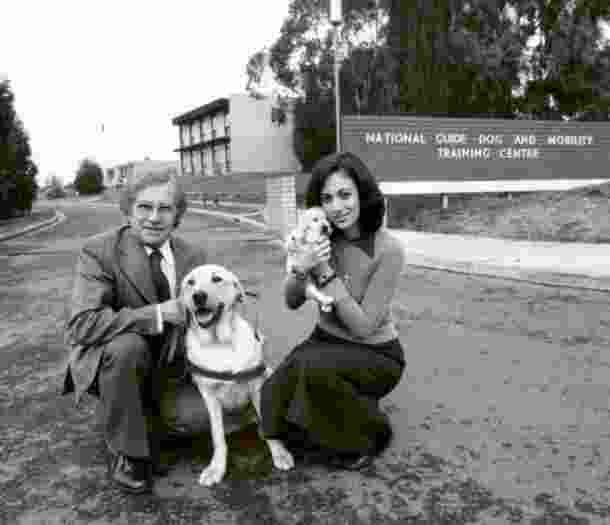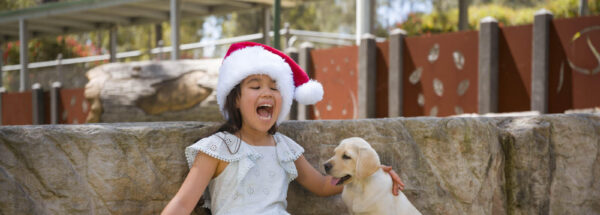On this page:
Our Story
The Guide Dogs story starts all the way back in 1950.
In 1950, Dr. Arnold Cook arrived in Australia with the country’s first Guide Dog. A young West Australian, Arnold lost his sight at the age of 18 through a rare disease.
Arnold became familiar with Guide Dogs after travelling to England to study at the London School of Economics. He trained at Britain’s Guide Dog Association and was paired with a black Labrador named Dreana.
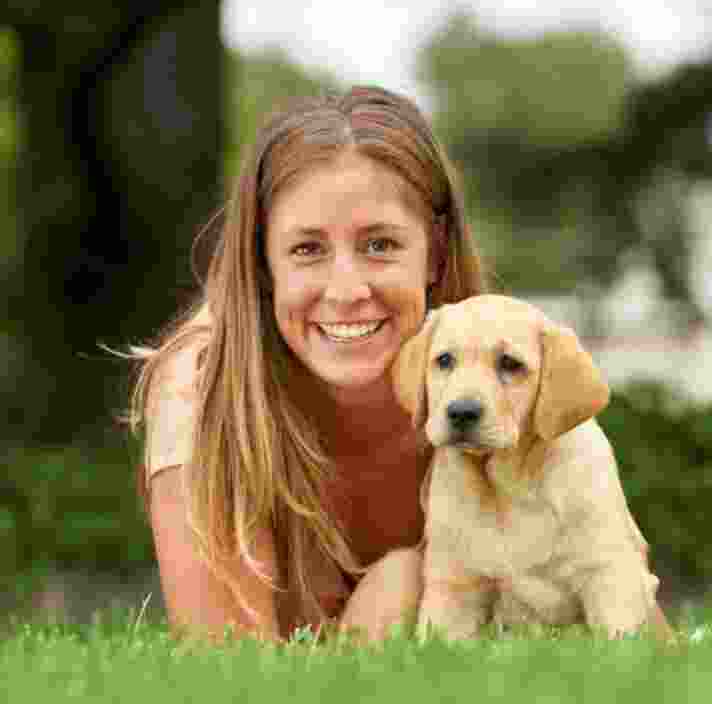
Early beginnings
Arnold and his Guide Dog, Dreena, created enormous interest upon their return to Australia.
Unsurprisingly, many other West Australians with low vision were eager to partner with a Guide Dog, and a year later the first Guide Dog Association was formed in Perth.
By 1957 there were Guide Dog Associations in each state.
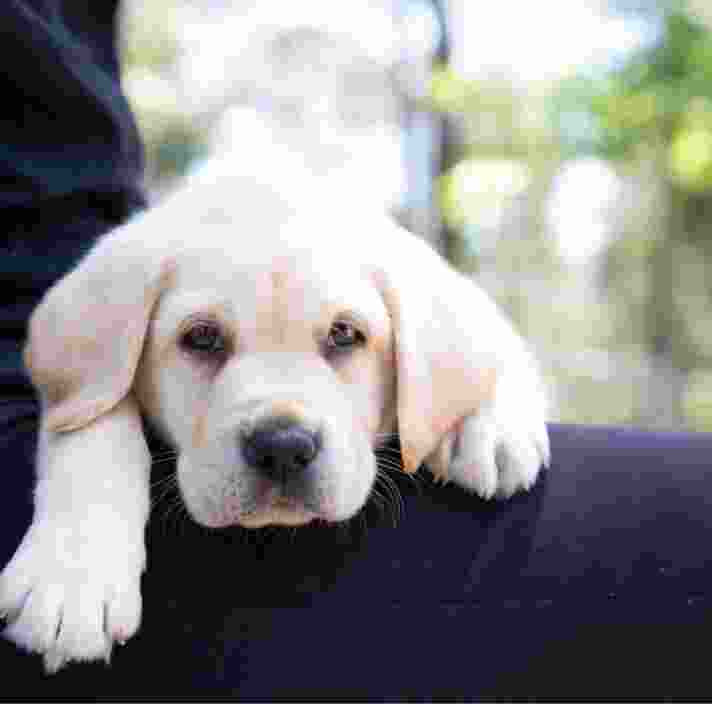
Through the decades: 1950s
Check out the highlights from our history through the '50s:
1950: Arnold Cook returns to Australia with his UK-trained Guide Dog ‘Dreena’. Arnold Cook was the first Guide Dog handler in Australia.
1951: Guide Dogs for the Blind Association is established in Perth, with financial assistance from the Claremont Apex Club.
1952: ‘Beau’, the first Australian-trained Guide Dog, is matched with a handler, Mrs Elsie Mead.
1957: Guide Dogs for the Blind Association of New South Wales is formed, along with a new national Guide Dogs association.
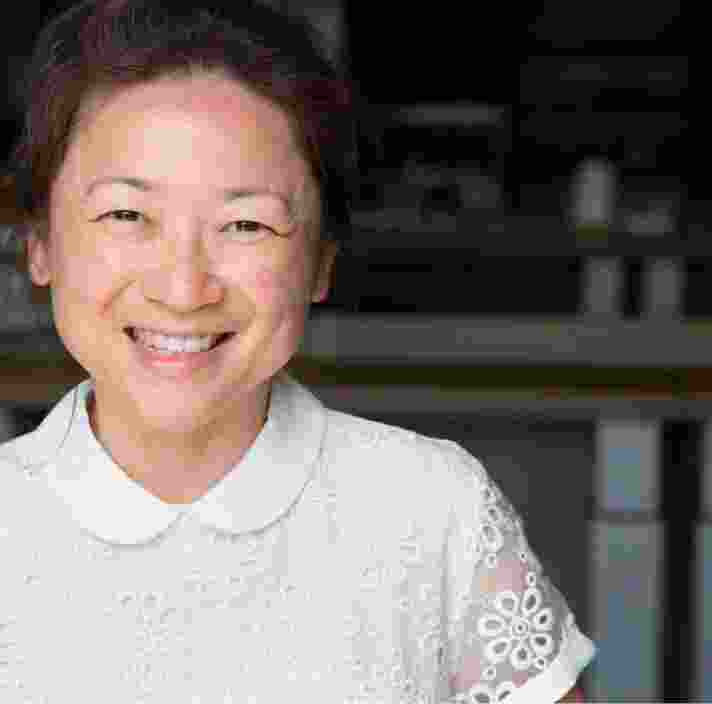
Through the decades: 1960s
Check out the highlights from our history through the '60s:
1962: Guide Dogs are permitted to travel inside planes.
1964: Jim Jones was appointed the first full-time secretary, organiser of Guide Dogs for the Blind Association of NSW.
1966: The addition of mobility aids to the provision of Guide Dogs necessitated extra staff numbers and an increase in fundraising activity.
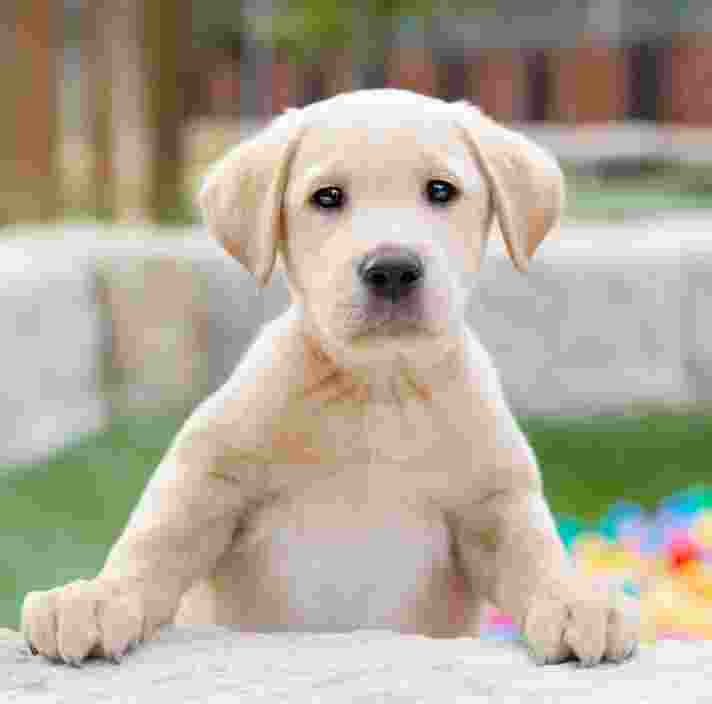
Through the decades: 1970s
Check out the highlights from our history through the '70s:
1973: Juliet Jones was appointed our first Australian-trained Orientation & Mobility Instructor.
1979: At the request of clients, we changed our name to Guide Dogs Association of New South Wales, reflecting the fact that not all people with low vision are blind.
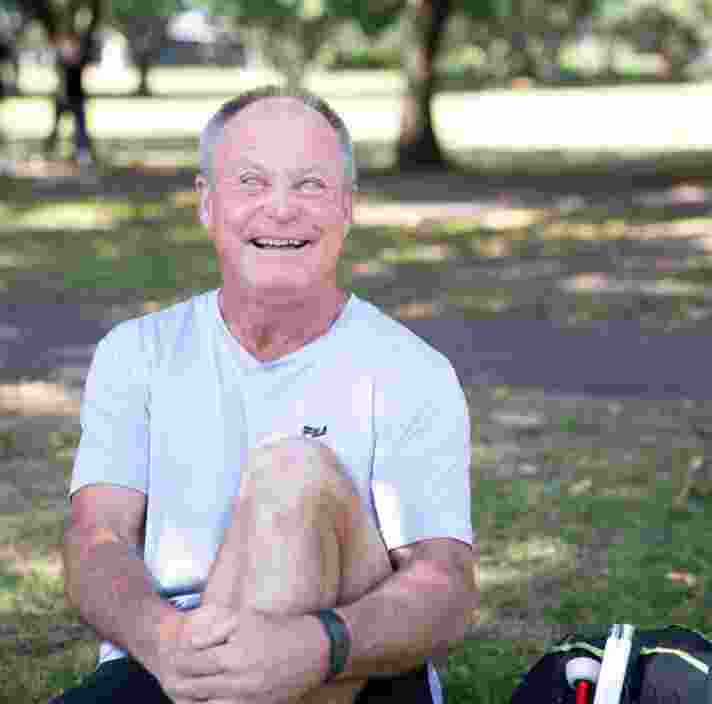
Through the decades: 1980s
Check out the highlights from our history through the '80s:
1984: Therapy Dogs Program, a community service providing companion dogs for people who may have limited social contact due to disability, age or ill health, is launched.
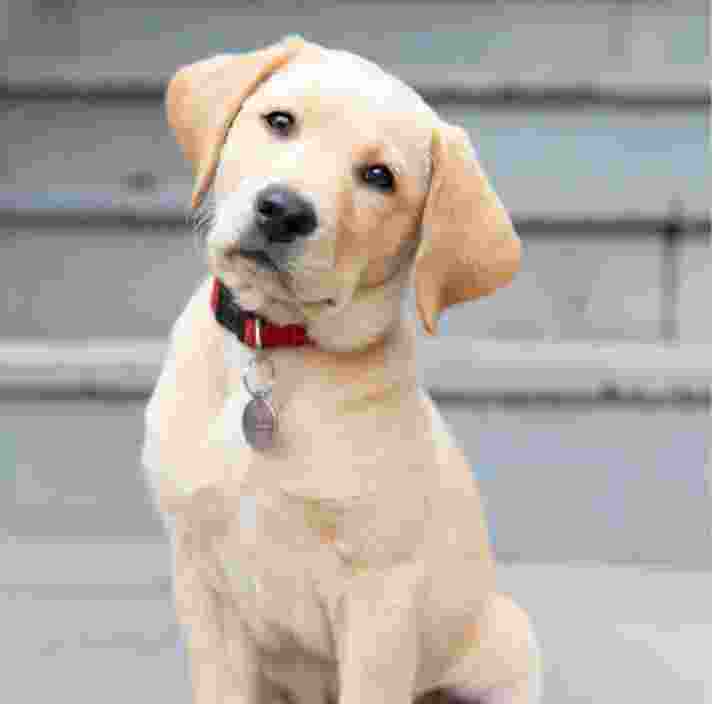
Through the decades: 1990s
Check out the highlights from our history through the '90s:
1991: NSW and ACT Associations merge to become the Guide Dogs Association of New South Wales and ACT.
1999: The Association, in conjunction with the University of Newcastle, develops a new course for the training of Orientation & Mobility Instructors.
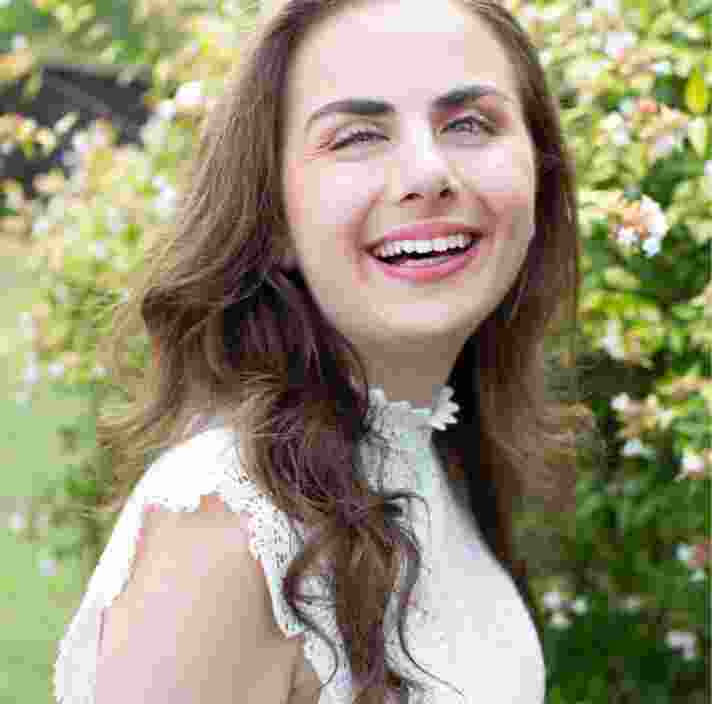
Through the decades: 2000s
Check out the highlights from our history through the 2000s:
2000: The new state-of-the-art Guide Dogs Centre at Glossodia is opened by the Governor of New South Wales.
2003: The company is renamed Guide Dogs NSW/ACT to reflect current thinking and style, and moves its head office to Chatswood.
2009: The Centre for Eye Health, an initiative of Guide Dogs NSW/ACT and The University of New South Wales, is opened by the Governor of New South Wales.
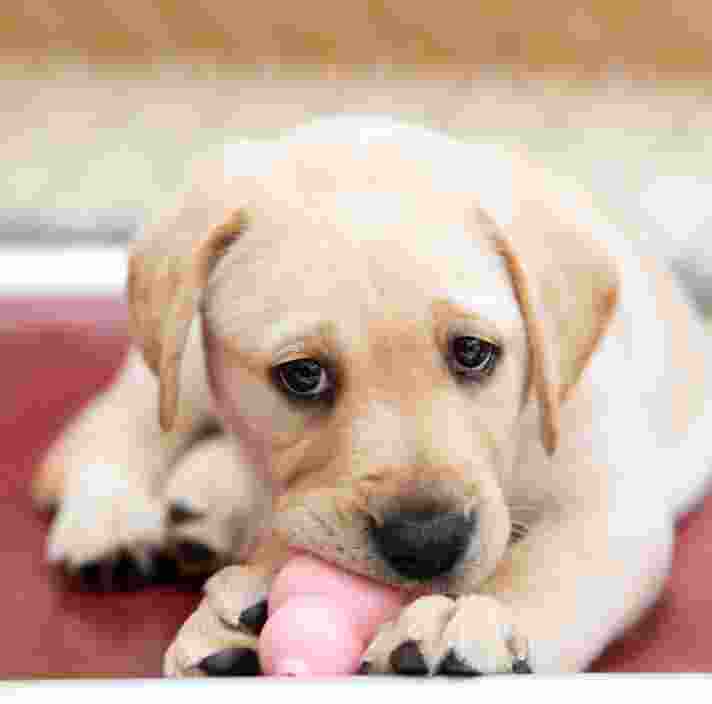
Through the decades: 2010s
Check out the highlights from our history through the 2010s:
2012: A puppy breeding program is established to enhance control of Guide Dog quality and graduate numbers.
2017: Guide Dogs NSW/ACT celebrated 60 years of assisting people with low vision and blindness, enhancing independence and mobility through world-class service provision.
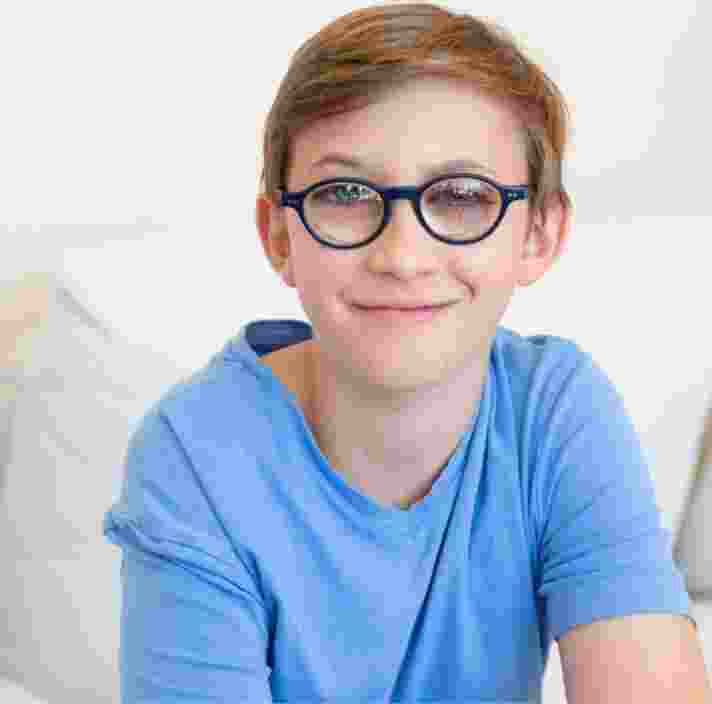
Ready to continue?
Seems like you have filled this form earlier. Let’s pick up where you left off.
